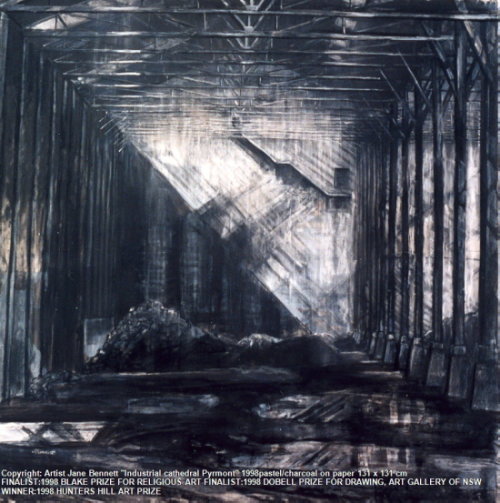These paintings were created to celebrate the life and achievements of the famous navigators Captain James Cook and the Comte de la Perouse, in exhibitions held by the Australian Society of Marine Artists.
The paintings inspired by Captain James Cook were exhibited at the Kurnell Museum from June 2009 in “Where cultures meet’ Exhibition at the Visitor’s Centre, Captain Cook Landing Site, Kurnell.
The paintings inspired by La Perouse are exhibited in"Windows on History - Aspects of the Story of La Perouse" at the La Perouse Museum.
I had to do extensive research to create these paintings.
Instead of painting historical re-enactments of the events and the ships, I decided to focus on their mastery of the art of navigation.
The Lunar Distance Method
 |
| 'The Lunar Distance Method' 2009 oil painting on canvas 20 x 25cm Sold Enquiries about similar paintings |
Before John Harrison’s Chronometer No. 4, which Cook successfully tested on the “Resolution” during his 2nd great voyage of exploration, the best way to find longitude was the lunar distance method.
The reflecting quadrant (also called an octant because its curved scale formed the eighth part of a circle) helped sailors find both latitude and longitude, and was invented in 1731 simultaneously but independently by John Hadley in England and by Thomas Godfrey In America.
Previously, astrolabes had been used to find longitude and local time by estimating the height of the sun or a star above the horizon.
The reflecting quadrant allowed direct measurement of the elevations of 2 celestial bodies such as the moon and the sun during daylight or between the moon and the stars at night, as well as the distances between them. When the horizon disappeared in fog or darkness, or the ship pitched and rolled, the readings weren't affected as the quadrant provided an artificial horizon.
The quadrant was improved by adding a telescope and a wider measuring arc, becoming an even more accurate instrument known as the sextant.
The navigator measured the lunar distances from the deck, then consulted tables listing the angular distances between the moon and the sun or stars for particular times of the day as they would be observed from London or Paris.
The angular distances are the degrees of arc - the size of the angle made by two lines of sight from the eye of the observer to the 2 chosen objects. Then the navigator compared the time of his observation with the time that particular position had been predicted for his home port. If the observation was at 1am local time when the tables predicted the same configuration over London at 4am, the ship’s time was 3 hours earlier, so this meant the ship was currently sailing at longitude 45 degrees west of London.
| ||
The lunar method required considerable mathematical skill.
As well as measuring the altitudes of various celestial bodies and the angular distances between them, the navigator would have to factor in how near these objects were to the horizon as the steep refraction of light would put their apparent positions considerably higher than their actual ones.
There was also the problem of lunar parallax, as the tables were formulated for an observer at the Earth’s centre, and the deck of a ship is of course many feet above sea-level (Hopefully!)
Some days the moon is too close to the sun to make lunar distance measurements, and other days the distance between moon and sun is too great so that during these times the navigator would have to plot the moon against the stars, often with lesser accuracy.
Navigation Instruments  | |
| 'The art of Navigation' 2009 oil painting on canvas 25 x 20cm Sold |
The instruments of navigation : sextant, compass, telescope, hourglass, nautical charts and gentleman’s pocket spheres are fragile and exquisitely wrought relics of the heroic age of exploration. They now look quaint but the life or death of hundreds of men once depended on the captain’s skill and judgement in using them. The mythological emblems on the celestial sphere are a reminder that not long before, navigation was an esoteric mystery, more an art than a science. I hadn’t realized how much things like accurate timekeeping and knowing exactly where you are at sea, we now take for granted.
It is so difficult in our age of “Google Earth” and mass communications to appreciate the isolation and danger of such a journey.
The hourglass and the skull are ‘memento mori’ emblems, common to still life "vanitas" painting of the 17th and 18th centuries. "Vanitas" paintings are warnings against pride and indicate the transitory nature of life, power and fame.
My paintings were inspired by reading :
“Citizens” by Simon Schama
“LONGITUDE" by Dava Sobel
“SEA OF DANGERS ” by Geoffrey Blainey


No comments:
Post a Comment